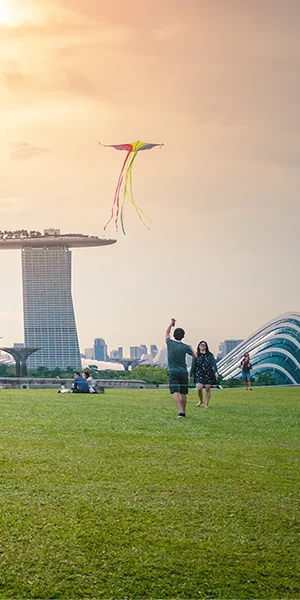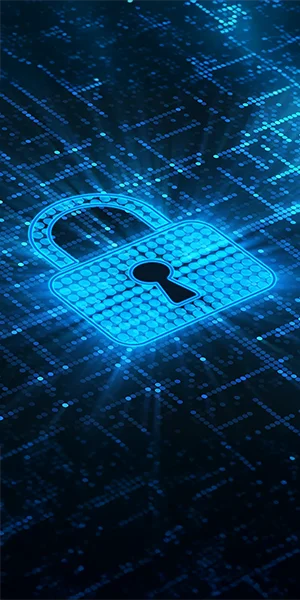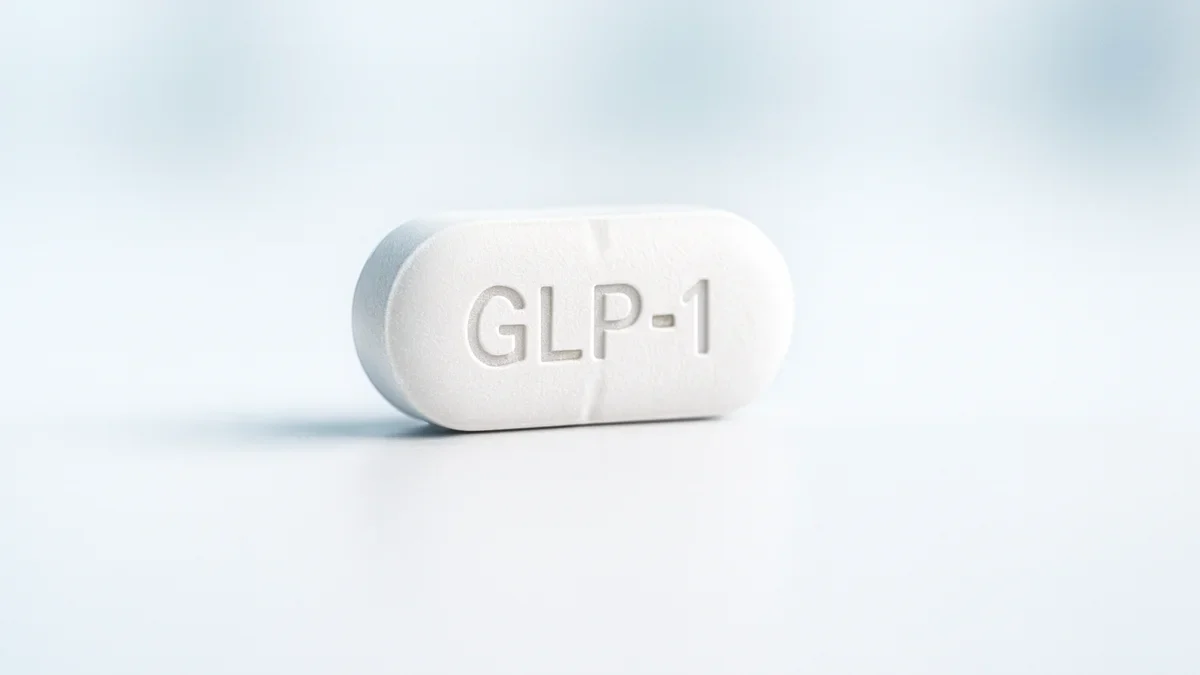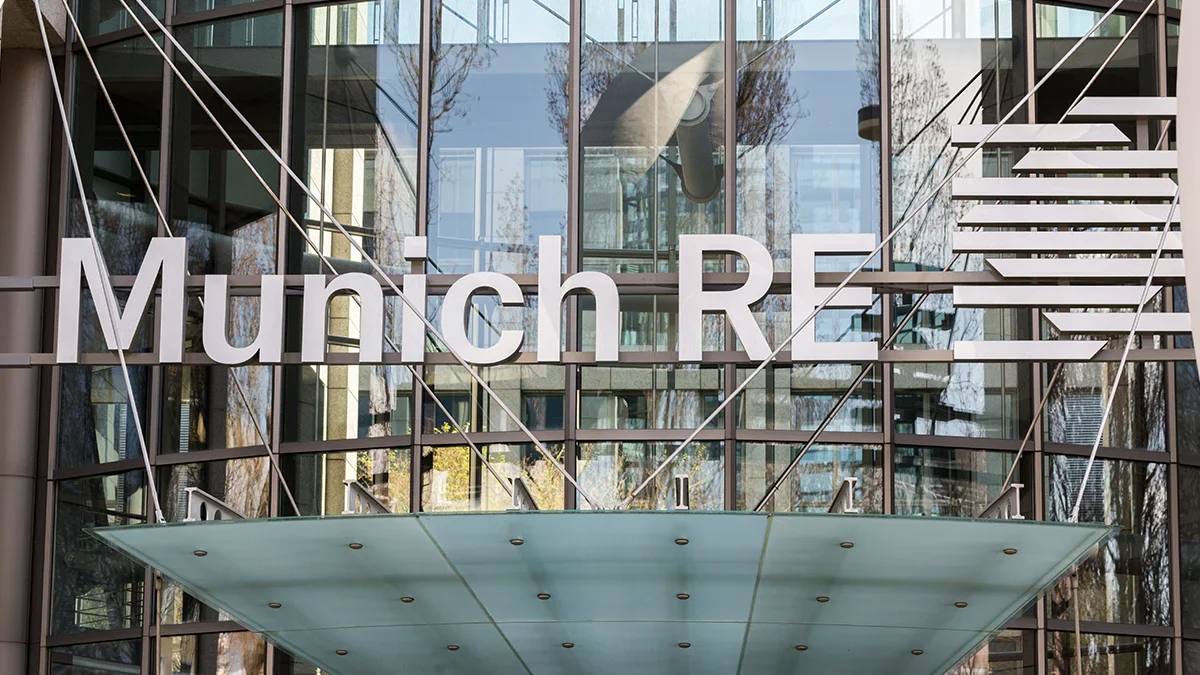edition
• The Philippines faces significant nat cat risk, with Swiss Re rating it as the most exposed country to weather perils.
• Philippines Crop Insurance Corporation (PCIC), carries PHP 75.0bn (US$1.52bn) in liability without reinsurance.
• Despite premium subsidies, only 45% of farmers and 36% of fisherfolk have coverage. Rice yields in Luzon could drop by 20% by 2050 due to climate change.
• Urgent reforms and tech adoption needed, with World Bank recommending new insurance products, including parametric solutions, and public-private partnerships.
• Tata AIG's new policy covers third-party bodily injury and property damage resulting from in-orbit satellite incidents.
• The product launch aligns with India’s expanding space segment, with the country targeting fivefold growth to US$47.3bn in the global launch market by 2032.
• The policy meets international standards, aiming to serve the increasing demands of satellite manufacturers and operators in India.
• APRA approves general insurance licence as Everest Group further strengthens its operations in Australia.
• Malaysia’s GI segment projected to grow at a CAGR of 7.8% and reach MYR30.5bn (US$6.8bn) by 2028.
• Motor and property insurance segments are key drivers, with motor expected to grow by 8.9% in 2024, influenced by a increase in vehicle sales and higher accident rates.
• Property insurance expected to grow by 11.4% in 2024, with demand for nat-cat insurance policies up by 33%.
• Economic recovery, higher consumer awareness, vehicle sales resurgence to support growth over next five years.
• Indian regulator approves 96.5bn rupees (US$1.15bn) acquisition Reliance Capital’s insurance subsidiaries.
• The Hinduja Group, parent company to IIHL, has agreed to an additional payment of 2.11bn rupees to lenders for Reliance General Insurance’s solvency margin.
• The acquisition awaits further approvals from the Reserve Bank of India (RBI) and the Competition Commission of India (CCI) and aims to completed by 27 May, as per the National Company Law Tribunal’s (NCLT) directive.
• IFS Rating affirmed at ‘A-‘ and Long-Term Issuer Default Rating at ‘BBB+’, both with a stable outlook.
• Asahi Life’s profitability has begun to recover post-COVID, with a core profit margin rebound to 10% in H1 FY2024, following a previous dip to 4% in FY2023.
• Capital adequacy remains strong with a regulatory solvency margin ratio of 869% as of Sep 2023, and financial leverage improves to 19%.
























